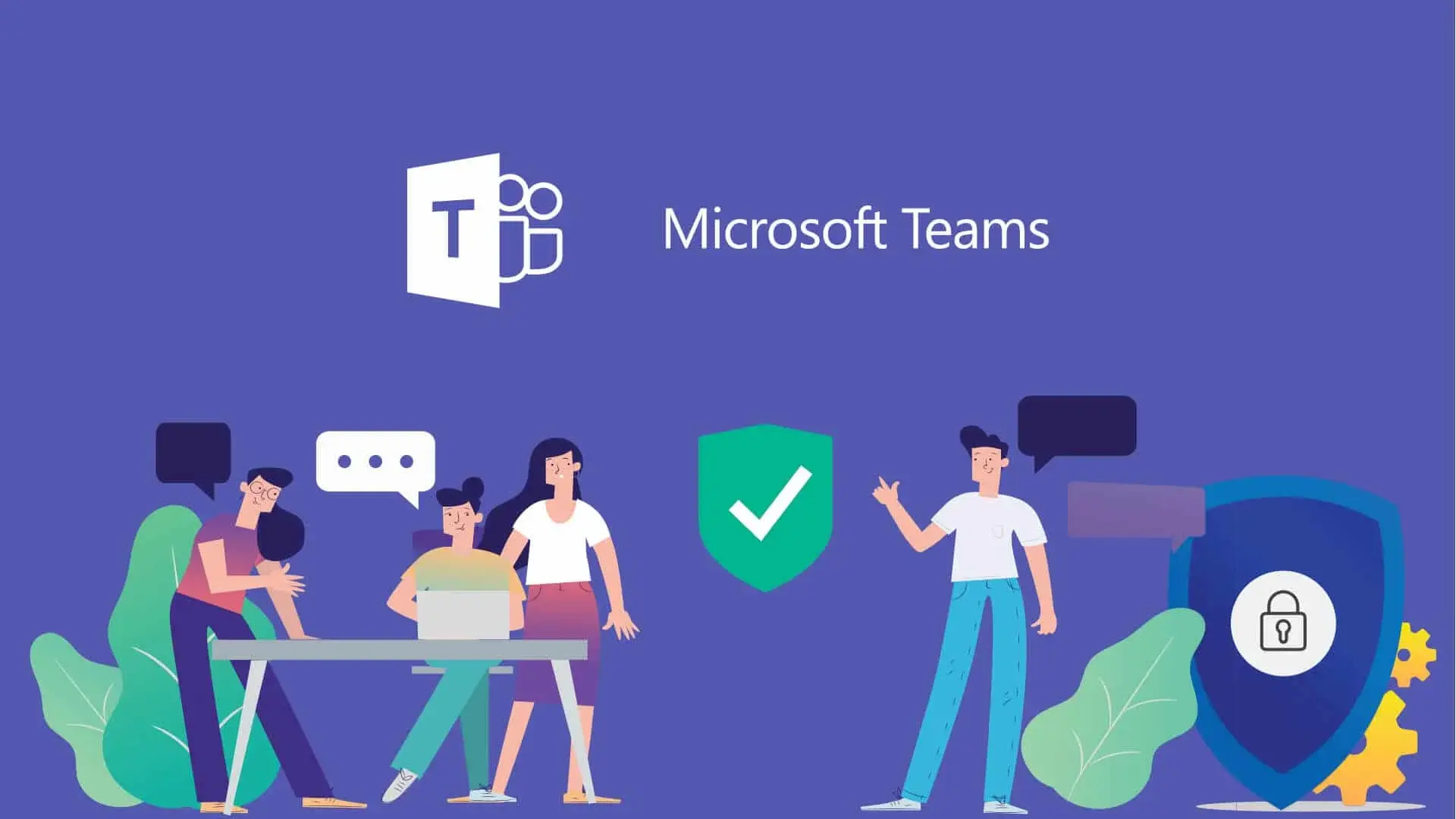Microsoft recently announced new security enhancements for Microsoft Teams, aimed at better protecting users from dangerous files and malicious links shared in chats and channels.
According to an update published on the Microsoft 365 roadmap, Teams now automatically blocks messages that contain potentially dangerous file types, such as executables, to prevent the spread of malware and other attacks that exploit weaponizable files.
Additionally, in a separate note, the company explained that Teams is now capable of detecting malicious URLs within chats and channels, displaying warnings to users before they click, as an added layer of protection against link-based attacks.
Microsoft Teams Continues to Strengthen Security: What's Coming in the Next Few Months
Microsoft isn't slowing down when it comes to improving security in Microsoft Teams, and several new features are on the way. Currently, the company is working on two key capabilities: blocking dangerous files and detecting malicious links in chats and channels. Both features are still in development but are expected to begin rolling out globally to all standard Microsoft 365 tenants next month. But that's not all.
Microsoft also announced through the Microsoft 365 Message Center that Teams is now integrated with the Microsoft Defender for Office 365 Tenant Allow/Block List.
What does this mean in practice? Security administrators now have the ability to completely block incoming communications (such as chats, calls, meetings, or channel messages) from malicious or unauthorized domains.
They will also be able to automatically remove any previous interaction with users from blocked domains and manage all of this directly from the Microsoft Defender portal. This functionality is currently being rolled out gradually and is expected to be generally available worldwide by the end of September 2025.

Preventing Unauthorized Screen Captures
Another interesting feature that began rolling out in July 2025 is “Prevent Screen Capture,” a tool designed to protect sensitive information shared during Teams meetings. Essentially, if someone tries to take a screenshot, the meeting window automatically goes dark, preventing confidential content from being exposed.
Microsoft explained that this measure aims to reduce the risk of data leaks, especially in scenarios where internal documents, business strategies, or personal information are being discussed.
Protection Against Identity Spoofing in Teams Chat
It's also worth noting that back in January of this year, Microsoft announced a new feature designed to fight phishing in environments where external access to Teams is allowed. This is the brand impersonation protection alert in Teams Chat, which notifies users when it detects deceptive attempts by external domains trying to pose as part of the organization.
This feature started rolling out to all Microsoft 365 customers in mid-February 2025 and is part of Microsoft’s broader effort to secure its collaboration tools against increasingly sophisticated threats.
Read more: Microsoft Drives Cloud Recovery with Windows 365 Reserve
Teams Keeps Growing — And for Good Reason
At last year’s Enterprise Connect conference, Microsoft revealed that Teams had surpassed an impressive 320 million monthly active users, spanning 181 countries and available in 44 languages. This solidifies the platform’s central role in today’s business landscape — and highlights exactly why strengthening its security is more crucial than ever.
Conclusion: More Security, Fewer Worries
With all these updates, it’s clear that Microsoft is fully committed to making Teams a safer, more reliable space for both users and organizations. The integration with Microsoft Defender, the blocking of malicious files, link threat warnings, and protections against identity spoofing and unauthorized screen captures are all key steps toward a more secure and modern collaboration experience.
For organizations, this means less exposure to cyberattacks and more control over what happens inside and outside their digital environments. And for users, it means greater peace of mind knowing the platform is doing everything it can to keep their data and communications safe.


